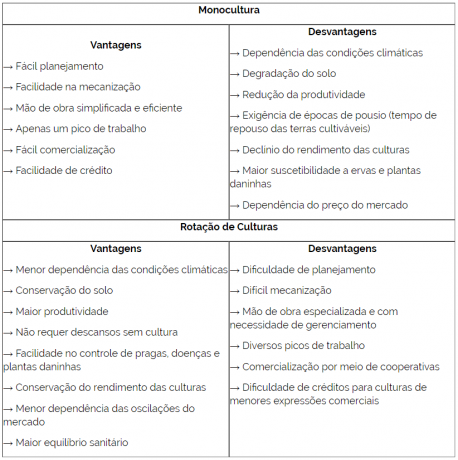Located in Central America, in the Caribbean Sea, the Cuban territory covers 110,800 square kilometers, where 11.2 million people live, with a demographic density (relative population) of 101 inhabitants per kilometer square. According to data released in 2009, by the United Nations (UN), the country's Human Development Index (HDI) is 0.863.
It was the only nation on the American continent that adopted socialism as a political system (although some authors do not agree that Cuba was truly socialist). This position of Cuba resulted in the economic embargo of many nations in the world, especially the United States. However, the regime was supported by the Union of Soviet Socialist Republics (USSR). imported the main Cuban products (sugar, rice, tobacco, among others), in addition to providing financial subsidies to the parents.
However, with the disintegration of the Soviet Union in 1991, Cuba began to face several economic problems. In recent years, with a view to reversing the situation, the government started to encourage foreign investment (in a moderate way), promoting closer relations with the Venezuela (this country provides 100,000 barrels of oil a day at lower prices) and encourages tourism, which is provided by virtue of its natural beauty of the island.
Do not stop now... There's more after the advertising ;)
In July 2006, due to a health problem, the great leader Fidel Castro, after 49 years in power, was removed from the national presidency. His brother, Raúl Castro, who participated in the Cuban revolution, took over as president, but Fidel remains the leader of the Cuban state. During the new government, the acquisition of computers was allowed, however, the use of the internet is restricted. Another measure was access to cell phones, however, the service is very expensive, being inaccessible to the majority of the population.

Raúl Castro and Fidel Castro
International pressures and constant economic embargoes caused Cuba, in 2004, to release five political prisoners. As a result of this attitude, the European Union (EU) and other countries in America resumed diplomatic relations with Cuba. The nation is studying the possibility of reintegration into the Organization of American States (the country was expelled of the entity in 1962), for this to happen, Cuba must respect the elementary principles of organization.
By Wagner de Cerqueira and Francisco
Graduated in Geography
Would you like to reference this text in a school or academic work? Look:
FRANCISCO, Wagner de Cerqueira e. "Cuba's current situation"; Brazil School. Available in: https://brasilescola.uol.com.br/geografia/a-situacao-atual-cuba.htm. Accessed on June 28, 2021.


